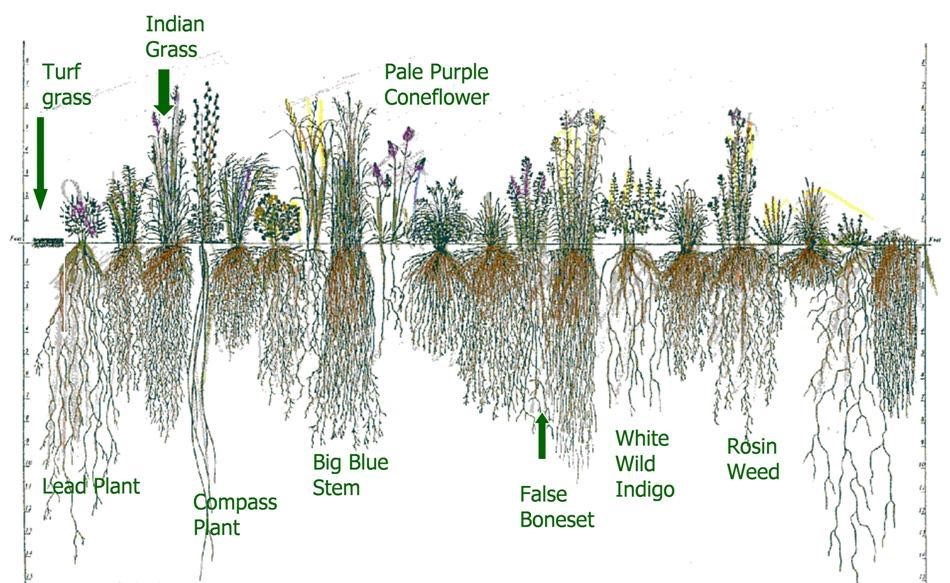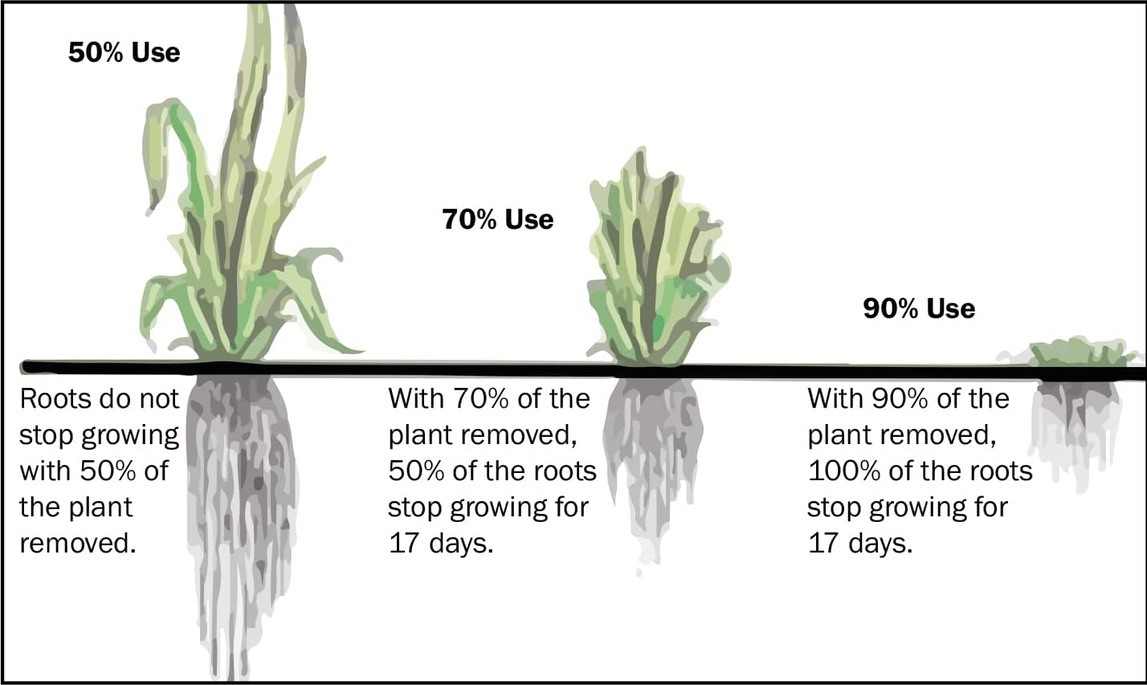Regenerative Farming – Guest Blog (Part 2)
Farming: The answer to climate change *and* the 6th Mass Extinction? Published in the Clun Chronicle. Written by Manda Scott.
Can farming genuinely form a central structure in our answer to climate change and the 6th mass extinction? The National Farmers’ Union (NFU) certainly seems to think so: a report has just been released on how to bring farming across England and Wales to net zero carbon emissions by 2040.
We can celebrate the fact that the national body of our farming community has, more or less, declared climate emergency, but I think we can do better than that, and faster. In the last column, we noted that if 40% of the land area currently given over to intensive industrial farming were to be transferred to Regenerative Agriculture (RA), we could reduce our atmospheric carbon to pre-industrial levels within 10 years. That’s without really working at it. If we increased the land area, or really put in some effort, it could be half that.
In this column, we’re going to look more deeply at what RA is so that later, we can look at how we could implement it at scale in the Clun Valley.
In simplest terms, RA is a system of agriculture that aims to increase biodiversity, enrich soils and increase soil depth, improve watersheds and enhance ecosystems while minimising the release of toxins into the environment. It offers at the same time, increased yields, resilience to climate instability and greater nutritional value of the food produced. In achieving these, it aims to capture carbon both in the soil (this is crucial) and above ground.
This combination of carbon sequestration in the soil with increased yields and higher nutrient content seems like a big ask, but the science is sound. Healthy soil is a mix of minerals, maintained in constant flux by bacteria and fungi (known as the soil biome), both of which are carbon-based life forms, which forms complex symbiotic (win-win) relationships with plant roots.
Plants use the energy of sunlight to build simple sugars from carbon dioxide and water and – provided we don’t interfere – these sugars are exchanged with the soil biome which returns key nutrients, particularly minerals, to the plants.
This is obviously a highly simplified version, but the key is that RA uses no (or minimial) tillage, no pesticides or herbicides – and no fertilisers other than the dung and urine of pasture fed animals which move round on a ‘mob grazing’ rotation.
This system was developed by scientists who observed the great savannahs of the African subcontinent, the US prairies, and the arctic tundras: places where the topsoil is many metres deep. In each case, grazing animals clump together as a defence against predators, eat the top parts of the grass underfoot, trample in their dung and urine – and then move on, not returning until many weeks or months later.
This process of partial grazing, with the addition of bacterial load, nitrogen and phosphate from the animal waste is exactly how grasses evolved and the result is a massive increase in biodiversity with the long-rooted grasses surviving best.
These, it turns out, are the ones that mine the minerals most effectively from the subsoils and if we then plant diverse polycultures of crops, they are resilient, and mineral-dense.
So, if you want to be vegan, you at least don’t have to take extra vitamins to make up for the fact that (say) there is no cobalt in any of the food you eat. As my first RA mentor said, ‘It shouldn’t be like this!’ We evolved to get all of our nutrients from the food we foraged and hunted (on a 90:10 split) and we should still be able to do this. We need therefore, to work out how we in the Clun Valley can manage our farms, our smallholdings, our gardens, even our verges, on RA principles to grow soil, protect water courses and restore our ecosystems – and return the nutrient balance to our food.
We’ll look at this in detail in the next column, but in the meantime, there are a number of farmers in Shropshire who have moved to RA systems and one of these is James Evans of Partridge Farm.


